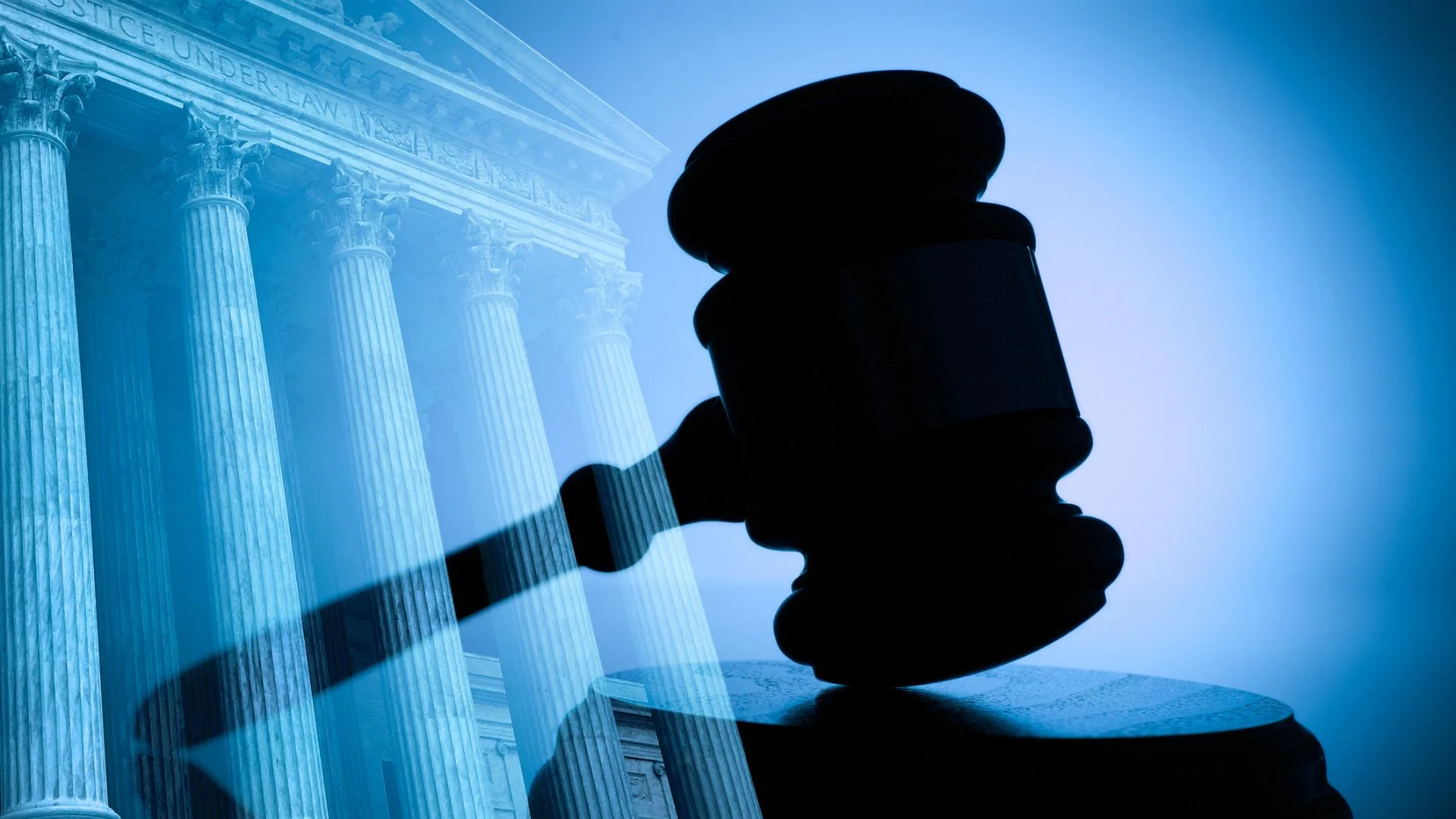Introduction
The Chevron Doctrine for dummies is a simplified explanation of one of the most influential legal doctrines in American administrative law. Born from a 1984 U.S. Supreme Court case, the Chevron Doctrine grants federal agencies the authority to interpret ambiguous statutes they are tasked with enforcing. While it may sound complicated, its core principle is easy to grasp: when laws passed by Congress are unclear, agencies can “fill in the gaps” as long as their interpretation is reasonable.
This doctrine has significantly shaped how federal regulations are made and enforced across a wide range of sectors—from environmental protection to healthcare to telecommunications. In recent years, however, the Chevron Doctrine has come under scrutiny, with calls for its limitation or even elimination. This article breaks down the Chevron Doctrine in a beginner-friendly way while explaining its legal roots, real-world implications, and current status.
What is the Chevron Doctrine?
At its core, the Chevron Doctrine refers to a two-step test created by the U.S. Supreme Court in the case Chevron U.S.A., Inc. v. Natural Resources Defense Council, Inc. (1984). The test determines when courts should defer to a federal agency’s interpretation of a statute that the agency administers.
Here’s how it works:
Step 1: Has Congress spoken clearly?
If the language of the statute is clear and unambiguous, then both the agency and the courts must follow that clear intent.
Step 2: If not, is the agency’s interpretation reasonable?
If the statute is ambiguous or silent on a specific issue, and the agency’s interpretation is deemed “reasonable,” courts will defer to the agency’s understanding—even if the court would have interpreted it differently.
This means agencies like the Environmental Protection Agency (EPA) or Federal Communications Commission (FCC) can often make important regulatory decisions without going back to Congress for clarification.
Why Was It Created?
The Chevron Doctrine emerged from the need to handle complex and technical regulatory issues that arise in federal agencies. Congress often passes broad laws and leaves the details to be figured out by experts. The courts recognized that federal agencies usually have more specialized knowledge than judges when interpreting technical parts of a law.
So in Chevron, the Supreme Court ruled that as long as an agency’s interpretation is within reason, it should be allowed—even if judges might prefer another reading.
This created a powerful legal precedent that agencies could rely on when writing and defending their rules.
Real-Life Examples
Understanding how this doctrine applies in real life helps explain its impact. Let’s look at a few examples:
1. Clean Air Act (EPA)
The EPA used the Chevron Doctrine to interpret vague language in the Clean Air Act to justify setting certain air quality standards. Because Congress hadn’t specified every detail, the EPA’s interpretation stood as long as it was deemed reasonable.
2. Healthcare (Medicare)
The Centers for Medicare and Medicaid Services (CMS) used Chevron to justify payment models for healthcare providers. Ambiguity in the statute allowed CMS to create rules under their interpretation, later upheld by courts.
3. Net Neutrality (FCC)
The Federal Communications Commission (FCC) applied Chevron in justifying its stance on net neutrality regulations. When courts reviewed the case, they deferred to the FCC’s understanding of internet regulation terms that were not clearly defined in the law.
Criticisms of the Chevron Doctrine
While Chevron was initially welcomed for offering clarity, it has drawn increasing criticism, particularly from those who believe it gives federal agencies too much power.
Common criticisms include:
-
Undermining separation of powers: Critics argue it allows executive agencies to both create and interpret law, reducing the role of the judiciary.
-
Lack of accountability: Agency officials are unelected, yet Chevron allows them to shape important national policies.
-
Judicial abdication: Some say courts are shirking their constitutional responsibility to interpret the law.
These concerns have prompted legal scholars, political leaders, and even Supreme Court Justices to revisit Chevron’s place in the American legal system.
Legal Challenges and the Future of Chevron
In recent years, several Supreme Court justices have expressed a willingness to reconsider or overturn Chevron. Justice Neil Gorsuch and Justice Clarence Thomas, in particular, have questioned its constitutional legitimacy.
One major case that brought Chevron back into the spotlight was Kisor v. Wilkie (2019). While the Court did not overturn Chevron, it signaled a willingness to scale back agency deference.
Moreover, Loper Bright Enterprises v. Raimondo, currently pending, could lead to a direct reconsideration or even the overruling of Chevron. If this happens, it would mark one of the most significant shifts in administrative law in decades.
Benefits of the Chevron Doctrine
Despite criticisms, the Chevron Doctrine has played a key role in:
-
Regulatory stability: Agencies can adapt and evolve interpretations as industries change.
-
Efficiency: Courts avoid being bogged down with technical details best left to experts.
-
Flexibility: It allows the government to respond quickly to new challenges without waiting on slow-moving legislation.
Frequently Asked Questions (FAQs)
What is the Chevron Doctrine for dummies?
It’s a simplified way of explaining a legal rule that lets government agencies interpret unclear laws—as long as their interpretation is reasonable.
Why is the Chevron Doctrine important?
Because it affects how rules are made and enforced by federal agencies across industries like environment, health, and tech.
Which case established the Chevron Doctrine?
Chevron U.S.A., Inc. v. Natural Resources Defense Council, Inc. (1984).
Is the Chevron Doctrine still in use?
Yes, but it’s facing increasing scrutiny from courts and scholars. Future rulings may limit or even eliminate it.
What happens if Chevron is overturned?
Courts would take back more authority in interpreting laws, reducing agency discretion and possibly changing how regulations are made.
What is the difference between Chevron and Auer deference?
Chevron applies when agencies interpret laws passed by Congress. Auer deference applies when agencies interpret their own regulations.
Does Chevron apply to all agencies?
Generally yes, but only when they are interpreting statutes they are authorized to enforce.
How can I understand the impact of Chevron in simple terms?
Think of it like this: if a law is unclear, the experts (agency officials) can decide how to apply it, and judges will usually agree—unless their reading is totally unreasonable.
Conclusion
The Chevron Doctrine for dummies gives you the basic idea behind one of the most pivotal legal doctrines in U.S. administrative law. While it began as a practical tool for handling complex regulations, the doctrine has grown into a legal heavyweight that shapes federal policy-making.
However, with growing skepticism from the Supreme Court and legal theorists, Chevron’s future hangs in the balance. Whether it’s reformed, limited, or completely overturned, one thing is clear: understanding Chevron is key to grasping how modern government works.





